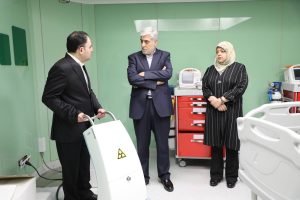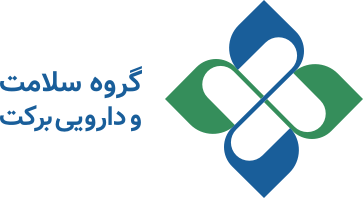
How can sustainability in drug & Medical equipment supply achieved?
Barakat Health & Pharmaceutical Group: The pharmaceutical and medical equipment sector is not only a vital component of healthcare infrastructure in any country but also the primary driver of public health maintenance and enhancement. In Iran, with its large and growing population, emerging disease patterns, and the need for timely provision of drugs and medical equipment nationwide, this sector has become a major concern for both the government and the private sector.
Economic crises, sanctions, currency volatility, reliance on imports for raw materials and medical equipment, and inadequate advanced infrastructure are all factors that have complicated this industry.
This report will first examine the current state of the pharmaceutical and medical equipment industry in Iran, identify existing challenges and obstacles, and finally propose solutions to improve this sector. The goal of this report is not only to clarify current issues but also to find actionable solutions that will support sustainability and self-sufficiency in this field.
Current State of Pharmaceutical & Medical Equipment Industry
1. Domestic Drug Production:
Iran’s pharmaceutical industry has made remarkable progress, successfully meeting a large portion of the country’s drug needs. According to reports, some amount of drugs required by the country are produced domestically. This success is the result of continuous efforts in research and development, the production of innovative drugs, and the strengthening of production infrastructure. Some of the drugs produced in Iran include generic drugs, treatments for specific diseases such as cancer, diabetes, cardiovascular diseases, as well as biologic drugs and vaccines.
Despite these achievements, challenges persist in securing the raw materials necessary for drug production. S raw materials required for drug manufacturing are imported, creating a dependency on foreign sources and increasing vulnerability to global crises, sanctions, and currency fluctuations. Additionally, some specialized and advanced drugs still require importation.
2. Medical Equipment:
In the medical equipment sector, the dependence on imports is much higher compared to pharmaceuticals. Reports indicate that some of the medical equipment used in Iran is imported. These include imaging devices, surgical instruments, laboratory equipment, and other advanced tools essential for patient treatment. A large portion of these supplies comes from developed countries, and sanctions and currency fluctuations directly impact the timely supply and costs of these items.
In many instances, the importation of medical equipment is disrupted due to currency issues and sanctions. These challenges not only increase costs but also limit access to these critical tools in hospitals and healthcare centers. While some medical equipment, particularly in areas like advanced imaging and surgery, is not produced in Iran, timely and high-quality provision of these items remains of paramount importance.
3. Distribution System for Drugs and Medical Equipment:
A major issue in Iran’s pharmaceutical and medical equipment sector is the weak distribution system. Distribution of drugs and medical supplies, especially in remote and underserved regions, is inadequate. In certain areas, patients face shortages of essential drugs and critical medical equipment. These issues are exacerbated during crisis periods or when there is an increase in demand for specific drugs due to disease outbreaks
Furthermore, in many cases, problems arising from the lack of coordination between various organizations and authorities responsible for the supply, production, and distribution of drugs and medical equipment have led to corruption, price inflation, and inequitable distribution. In some instances, these issues result in increased prices and reduced access to essential medicines.
The economic and banking sanctions imposed by the international community are the primary challenges facing this industry. These sanctions have made it difficult for Iran to procure raw materials and medical equipment from international sources. Furthermore, currency restrictions and issues related to financial transactions have complicated the importation process for drugs and medical supplies.
Sanctions have not only impacted the importation of raw materials and medical equipment but have also created difficulties in the production of new and advanced drugs. Particularly in the areas of biologic drugs and vaccines, Iran has encountered challenges in acquiring advanced technologies, which negatively affects the country’s ability to produce innovative medications.
2. Currency Fluctuations and Financial Challenges:
Severe currency fluctuations and frequent changes in exchange rates have posed another significant challenge, with a profound negative impact on the pharmaceutical and medical equipment sectors. The rise in currency prices has caused a dramatic increase in the cost of importing raw materials and medical equipment. These fluctuations also affect domestic production, as many local manufacturers rely on foreign currencies to obtain their raw materials.
Additionally, financial issues and a lack of investment in the pharmaceutical and medical equipment sectors have led to outdated infrastructure and production lines. This has prevented producers from quickly incorporating new technologies into their manufacturing processes, affecting the efficiency and competitiveness of the industry.
3. Lack of Infrastructure and Advanced Technologies:
Many pharmaceutical and medical equipment manufacturing facilities in Iran face significant infrastructure challenges. Producing innovative drugs and advanced medical devices requires cutting-edge technology and modern production lines. However, many factories still rely on outdated technologies, which results in a lower quality and quantity of domestic production compared to global standards.
Investment in research and development and the modernization of manufacturing technologies are essential needs for Iran’s pharmaceutical and medical equipment sectors. Particularly in the production of specialized and advanced drugs, new technologies can contribute to the production of higher-quality medications that are more readily available to patients.
4. Distribution and Accessibility Issues:
The distribution system for drugs and medical equipment in Iran faces numerous challenges. In many cases, medicines and equipment, especially in remote and underserved areas, do not reach patients in a timely manner. This problem primarily arises due to the lack of efficient systems for managing the supply chain and coordination issues in distribution.
Solutions & Recommendations
1. Strengthening Domestic Production and Reducing Import Dependence:
– Financial Support and Investment in Domestic Production: The government should support domestic pharmaceutical and medical equipment manufacturers through subsidies, low-interest loans, and other financial incentives. Such support could reduce dependence on imports and enable local producers to source raw materials locally.
– Encouraging Research and Development (R&D): Encouraging companies and research centers to invest in R&D for the production of innovative drugs and advanced medical equipment could bring Iran closer to self-sufficiency in these areas.
2. Improving Distribution Systems:
– Enhancing Distribution Networks in Underserved Areas: Strengthening the distribution network in remote and underserved regions through the creation of regional distribution centers and employing advanced logistical methods would facilitate better access to essential medicines and equipment for people in these areas.3. Facilitating Imports and Reducing Foreign Dependency:- Prioritizing Imports of Essential Items: Iran should adopt intelligent policies for the importation of critical pharmaceutical and medical equipment, while also working towards establishing trade relations with non-sanctioned countries to secure these items.
– Enhancing Health Diplomacy: Strengthening health diplomacy and collaborating with other countries to import and transfer technologies is crucial for improving international relations in the pharmaceutical and medical equipment sectors.
-
Barkat Group specialized meeting
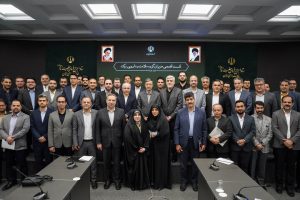
-
Safa Appointed as Barekat General Director

-
Barekat Health & Pharmaceutical Group at the 10th Iran Pharma Exhibition
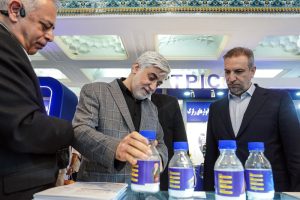
-
Ali Safa visits Sobhan Oncology & Sobhan Darou
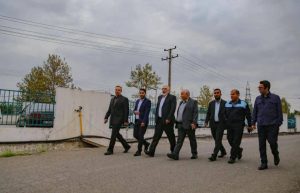
-
Pirsalehi & Safa visit Saman Daroo 8 Knowledge-based Company
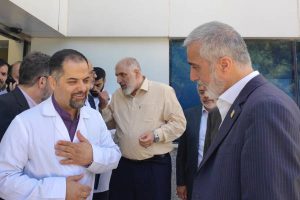
-
Barekat Managing Director Visits Samen Pharmaceutical Company
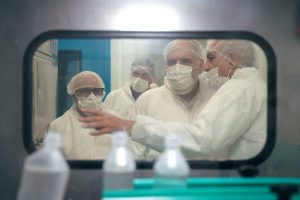
-
Honoring Pharmacists’ Day
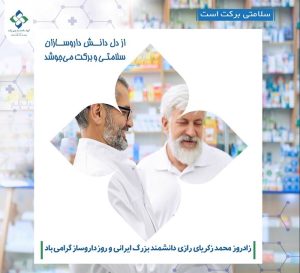
-
Barekat Top Executives Visiting to Barekat Hospital
